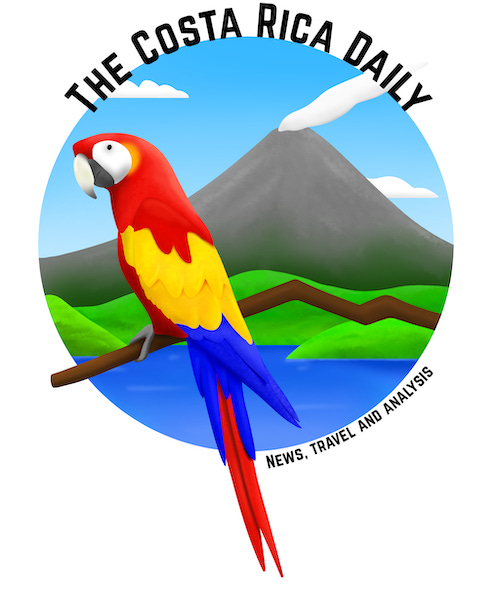The many languages of Costa Rica
Spanish, English and many, many others
The Costa Rican Constitution establishes Spanish as the country’s official language. As Article 76 reads:
Spanish is the official language of the Nation. However, the State will oversee the maintenance and cultivation of indigenous national languages.1
As the above text suggests, Spanish is far from the only language spoken in Costa Rica. Many Ticos speak English (or have proficiency in some other European language). And a sizable population within Costa Rica speaks an indigenous language or an English-based Creole.
Below are some of the “other” languages spoken in Costa Rica:
The indigenous languages. Six indigenous languages are officially recognized in Costa Rica. They are: maleku in the northern part of the country, bribri and cabecar in the southern Caribbean region, and guaymí, terraba and boruca in the Southern Pacific.
Limonese Creole. Also known as Mekatelyu or Patwa. More common in the Caribbean province of Limón, this language is similar to Jamaican Creole. Its local origin has strong ties to the building of the Atlantic railroad, when thousands of Caribbean workers moved to Costa Rica. They stayed after the railroad was completed and preserved their cultural identities — due in large part to segregation policies that isolated them from the rest of Costa Rica.
Costa Rican Sign Language (LESCO). Similar to American Sign Language, this is the national sign language of Costa Rica’s deaf community, which numbers some 70,000 people. Interpreter Estefanía Carvajal is a fixture during Presidential addresses and at other public events.
English, etc. Costa Rica’s economy relies heavily on international tourism, and many foreign companies (e.g. Amazon, Uber) seek bilingual employees at their local headquarters. Meanwhile, immigrants — from North America, Europe and Asia — have created communities where their languages are predominant.
In this context, the government has launched a roadmap to a bilingual Costa Rica by 2040. This project aims for all students to understand, talk and write in a second language when they graduate high school. Among the language options are English, French, Mandarin, Portuguese, German and Italian.
So if you’re in Costa Rica and see a sign like the one below, now you know: It’s definitely not Spanish, but there are plenty of other languages spoken here.
Support The Costa Rica Daily
We strive to provide high-quality, ad-free, thought-provoking and accurate content. Your donations help make this possible:




Alejandro,. I also read your articles in the Tico Times, and am impressed by your thoroughness, clarity and writing style